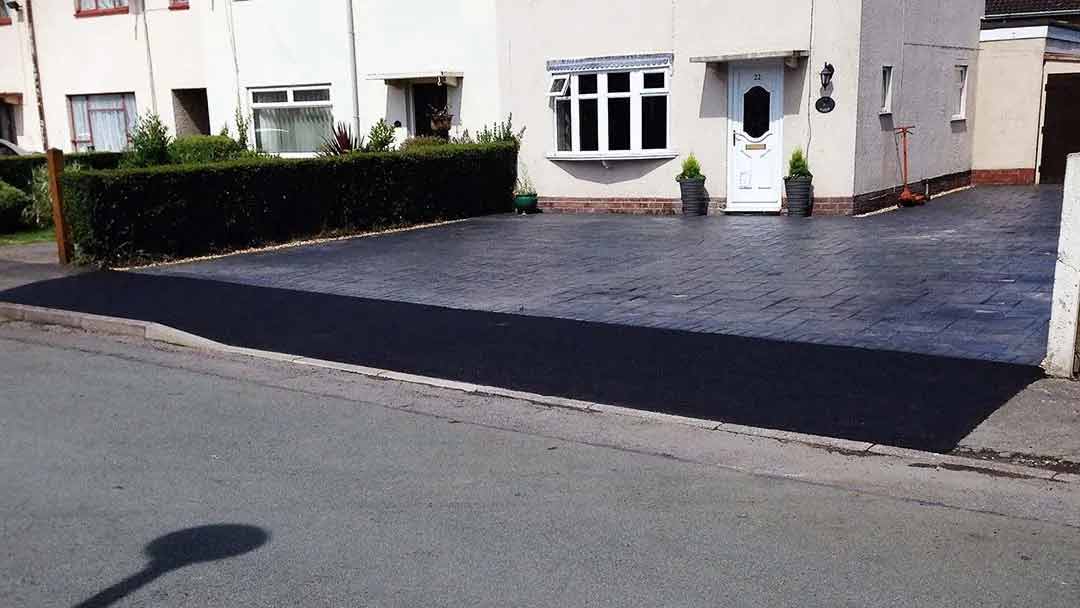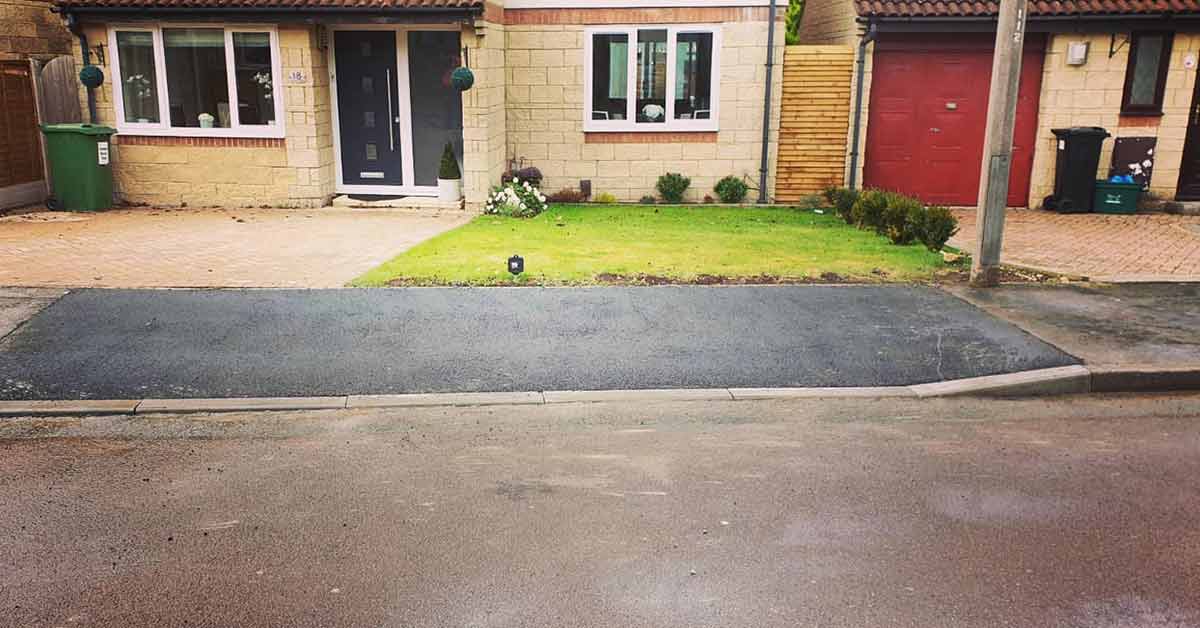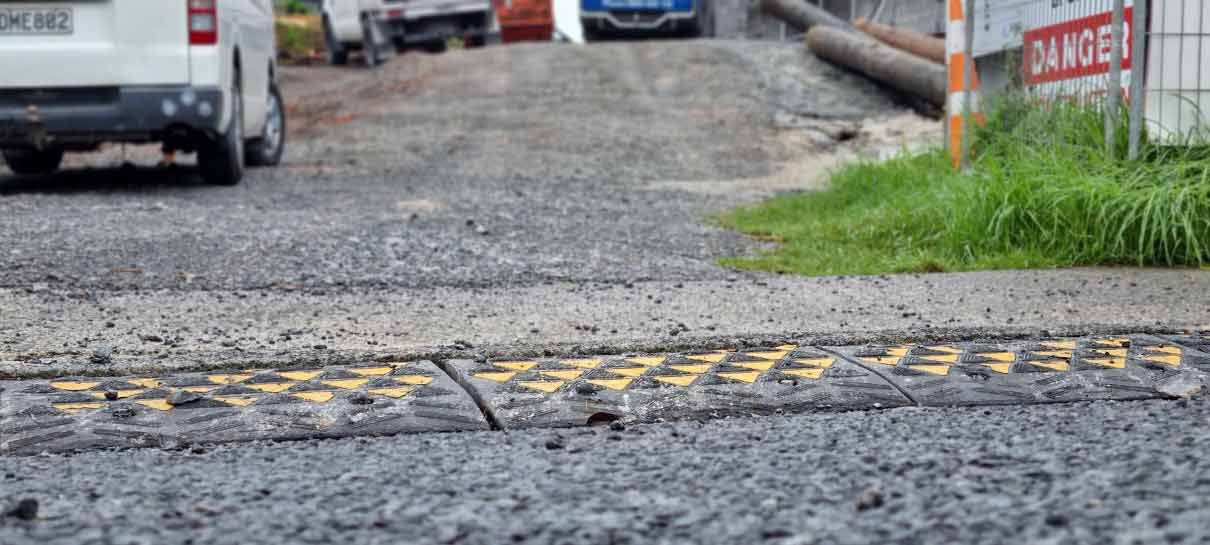Dropped kerbs are a common feature of UK roads, providing access to pedestrians and vehicles alike. These lowered sections of the pavement allow for a smooth transition between the road and the footpath, making it easier for those with mobility impairments or pushing prams to navigate the streets. However, the installation of these kerbs is subject to strict regulations to ensure they are safe and accessible for all users.
In this article, we will explore the minimum and maximum dimensions for dropped kerbs in the UK and the legal requirements surrounding their installation. Understanding these guidelines is essential for anyone considering installing a dropped kerb, whether it be for personal use or as part of a larger development project.
By adhering to these regulations, we can ensure that our streets are safe and accessible for all members of the community.
Key Takeaways
- Dropped kerbs in the UK have strict regulations for safety and accessibility.
- The minimum and maximum dimensions permitted for a dropped kerb in the UK are 2.4 metres and 4.9 metres respectively.
- Compliance with regulations is essential for creating a safe and accessible environment.
- Dropped kerbs are crucial for accessibility and mobility for individuals with disabilities, and improve pedestrian safety by reducing the risk of vehicles mounting the pavement.
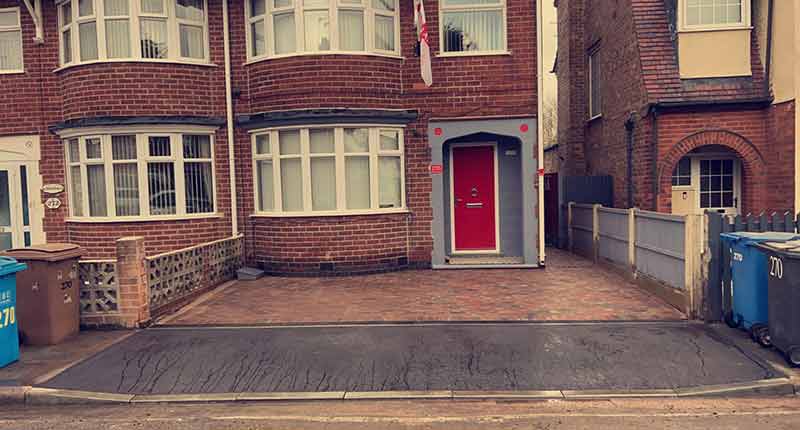
What is a Dropped Kerb in the UK?
The term ‘Dropped Kerb‘ in the UK refers to a lowered section of the pavement at the edge of a road, allowing for easier access by vehicles entering or exiting a driveway, and is a crucial element in ensuring accessibility and mobility for individuals with disabilities.
Dropped kerbs provide a number of benefits for accessibility, including improving the safety of pedestrians by reducing the risk of vehicles mounting the pavement, and facilitating the movement of wheelchairs and other mobility devices. They can also be particularly beneficial for individuals with visual impairments, as they provide a tactile and visual cue for where the pavement ends and the road begins.
However, there are also common problems with dropped kerbs, including damage caused by heavy vehicles and the potential for obstruction by parked cars. Additionally, installing a dropped kerb can be a costly process, involving planning permission from the local council and the need to comply with a range of technical requirements.
Despite these challenges, dropped kerbs are an essential element of ensuring accessibility and mobility for all, and as such, it is important to ensure that they are installed and maintained correctly.
In the UK, there are also legal requirements for dropped kerbs that must be adhered to, which will be discussed in the subsequent section.
Legal Requirements for Dropped Kerbs in the UK
Legal regulations must be adhered to when constructing a lowered pavement area to provide driveway access for wheelchair users and pedestrians, as well as creating disabled parking spaces. The following are the legal requirements for dropped kerbs in the UK:
- Council permits: A council permit is required for constructing a dropped kerb, as it involves modifying public property. The council must approve the proposed changes before construction can begin.
- Gradient: The gradient of the lowered pavement area must be no steeper than 1:12. This is to ensure that wheelchair users and pedestrians can safely navigate the area without excessive effort or risk of injury.
- Dimensions: The dimensions of the lowered pavement area must meet certain requirements, which will be discussed in the subsequent section.
In order to ensure compliance with the law, it is important to be aware of the legal requirements for constructing a dropped kerb. These requirements include obtaining council permits, adhering to gradient regulations, and meeting minimum and maximum dimensions. Understanding these regulations is crucial for creating a safe and accessible environment for all users. Tarmac drives.
Minimum and Maximum Dimensions for Dropped Kerbs
Compliance with regulations regarding the dimensions of a lowered pavement area is essential in ensuring safe and accessible driveway access and disabled parking spaces. The installation process of a dropped kerb must take into account various design considerations, such as the height of the kerb, the gradient of the slope, and the width of the crossing.
The minimum and maximum dimensions permitted for a dropped kerb in the UK are 2.4 metres and 4.9 metres respectively, with a maximum gradient of 1:12. These dimensions are established to ensure the safe passage of vehicles and pedestrians across the pavement, and to avoid damage to the kerb itself.
The maintenance requirements for a dropped kerb are also important to ensure its longevity and continued functionality. Regular inspection and cleaning of the area around the kerb is necessary to prevent blockages and ensure that it remains accessible to all users. Any damage to the kerb should be repaired promptly, and any signs or markings indicating the presence of a dropped kerb should be maintained and clearly visible.
Compliance with these regulations and maintenance requirements is essential to ensure the safety and accessibility of all road users.
Frequently Asked Questions
How much does it cost to have a dropped kerb installed in the UK?
As the saying goes, “time is money,”and the cost of installing a dropped kerb in the UK can vary greatly depending on factors such as location, planning permission, and adherence to building regulations. The installation cost can range from £1,000 to £3,000, with additional fees for necessary permits and inspections. It is important to note that planning permission is required for some dropped kerb installations, depending on the local council, and the work must comply with building regulations to ensure safety and accessibility for all.
Can a dropped kerb be installed on a public footpath?
The installation process of a dropped kerb on a public footpath requires compliance with legal requirements set by the local authorities. The works must also minimise any potential pavement damage. Such installations require formal approval and adherence to guidelines set by local councils.
How long does it take to get approval for a dropped kerb installation?
The timeline for dropped kerb approval varies depending on the local authority. Safety measures and impact on the neighbourhood are considered. Technical specifications for size requirements are not relevant to the current question.
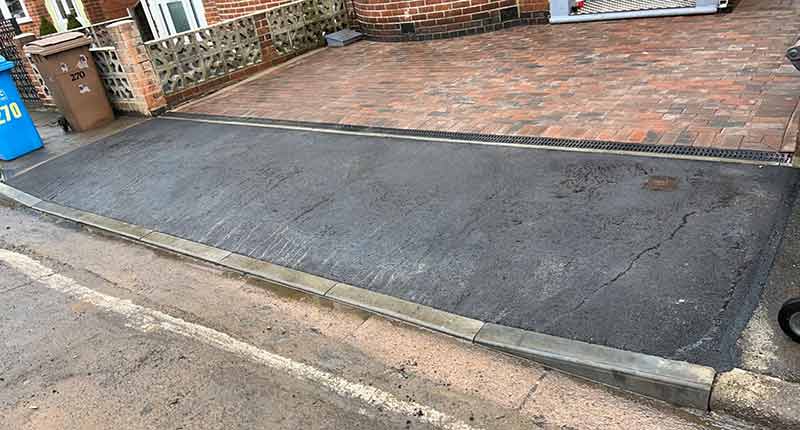
Are there any restrictions on the types of vehicles that can use a dropped kerb?
Accessibility requirements dictate that dropped kerbs must be designed to accommodate a wide range of vehicle sizes, including emergency service vehicles.
However, local authorities may impose restrictions on the types of vehicles that can use a dropped kerb due to traffic flow concerns.
What are the consequences of parking on a dropped kerb in the UK?
Parking on a dropped kerb in the UK is considered a breach of parking etiquette and homeowner rights. It can result in legal consequences, such as a fine or a towed vehicle. It is important to be aware of the rules and regulations concerning parking to avoid any negative outcomes.
Conclusion
A dropped kerb is a lowered section of the pavement specifically designed to allow vehicle access to a driveway or parking area. In the UK, the installation of a dropped kerb requires approval from the local council and must adhere to specific legal requirements. These requirements include obtaining the necessary permits, ensuring the correct dimensions are met, and ensuring that the installation does not create any safety hazards.
When it comes to the dimensions of a dropped kerb, the minimum width is typically around 2.4 meters, while the maximum width is around 4 meters. The maximum height of the kerb is around 10 centimeters, and the gradient must not exceed 1:8. Additionally, the kerb must be constructed using durable materials that can withstand the weight of vehicles and the elements.
According to recent statistics, the installation of dropped kerbs has increased significantly over the past decade. In 2019, around 14,000 dropped kerbs were installed across the UK, representing a 30% increase compared to 2010. This increase can be attributed to a growing need for accessible parking and improved mobility for individuals with disabilities or limited mobility.
As such, the installation of dropped kerbs plays a crucial role in facilitating accessibility and ensuring that everyone can access public and private spaces safely and easily.
Call us to get a price quote on a drop-kerb. Contact us today on 07595 510190 to receive a free quote or visit our website.

